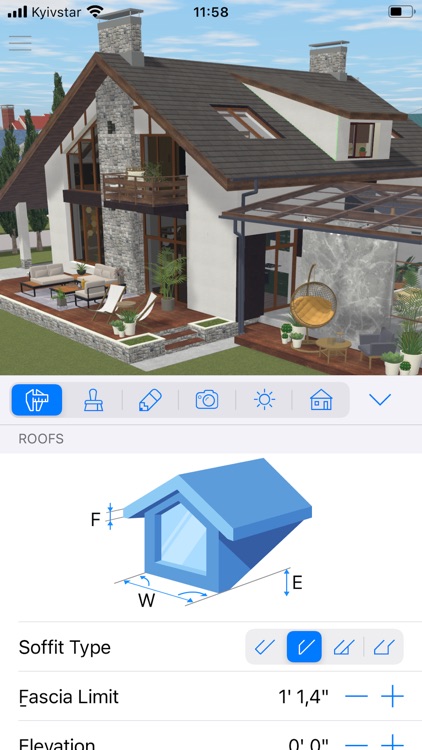
Germany, however, combined this to make everything work in concert, a melody of war. Similarly, the French had all of the training and military elements that the Nazis had. The French had more tanks, but they were spread out. The Germans had fewer tanks, but they concentrated them all at a single point. Aside from combined arms, the concentration of armor and speed was the most notable element of the Blitzkrieg.

With their Blitzkrieg, the Germans not only won terrain quickly but also ¨aimed for the head,¨ taking out cities, command centers, and infrastructure while bypassing many battles and lines. Overall, on the eve of the Nazi invasion, the French had “ 3,254 tanks, more than the German tank fleet,” in the field in France. The Germans had 1,449 modern, mobile, heavy-hitting Panzer III in June of 1940 and 2,439 tanks total. They were different than the most modern of their German counterparts. Many were antiquated and all were mainly designed and built for infantry support in trenches. For good measure, the Nazis threw in the first stirrings of combined arms and coordinated an aligned focus of air power, as well. The Germans, on the other hand, concentrated theirs into columns. The French spread their tanks along their lines ready to deploy them where needed quickly. This made me think of French tanks on the border with Germany on the eve of World War Two. Here the application development focus and market fit of many products may suffer if the companies spread themselves too thin.

3D Systems, meanwhile, is pursuing 3D printed lungs, printers in hospitals, and aerospace parts. The latter risks a lot of time and money spent on imagined futures while the market goes elsewhere.Īt the same time, companies such as Stratasys are moving away from a single 3D printing technology towards five different ones, splitting R&D budgets and focus. The former approach risks leaving everyone unsatisfied with something that really doesn’t work for anyone.
#Live home 3d pro terrain software
In the enterprise segment, they are working with partners to painstakingly bring material, software and printer into concert. Companies are making unique 3D printers for all applications in the desktop segment. If we look at many of the firms working in 3D printing, we can see that they are spending an awful lot of time and money on rounding and fleshing out their product portfolios.


 0 kommentar(er)
0 kommentar(er)
